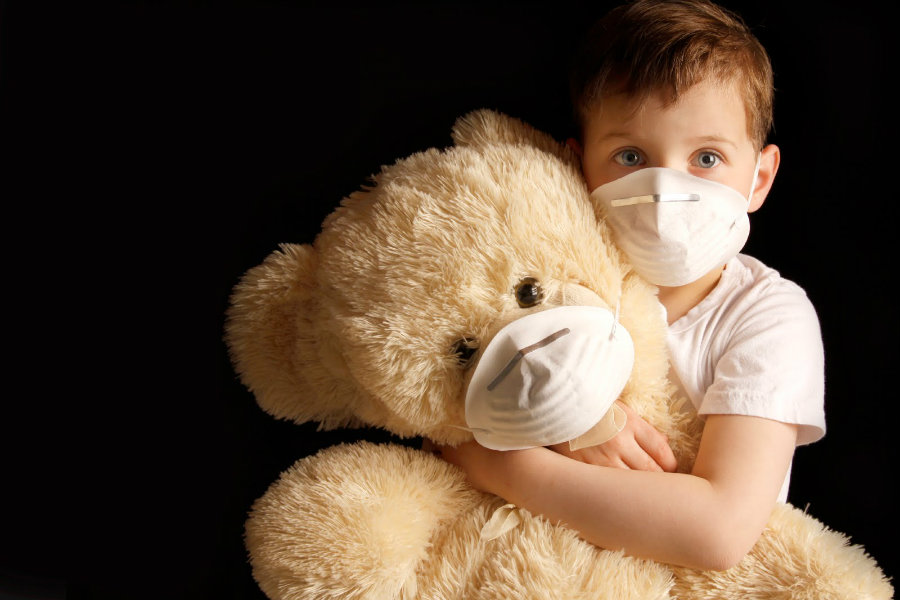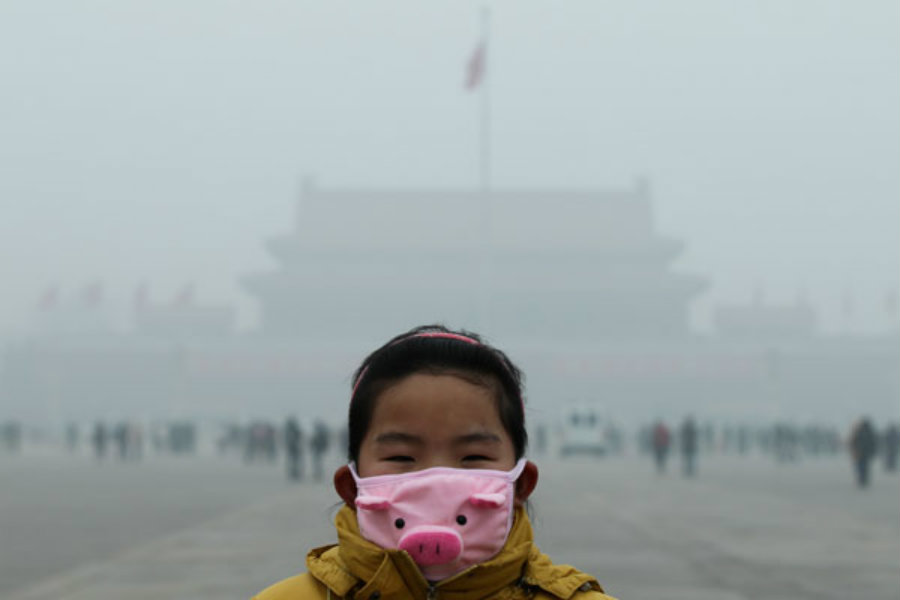The United Nations Children’s Fund (UNICEF) is raising awareness and urging States and organizations to solve air pollution, a bigger problem than what some people may think.
UNICEF studied satellite data and made a global estimate of the exposure of children to polluted air. The results were published in the report “Clear the Air for Children.”

It was found out that air pollution kills 600,000 children a year, most under the age of 5. This means one in seven minors live within toxic air conditions. This is equal to 300 million people. The deaths caused by this issue are more than the ones caused by malaria and HIV/AIDS combined. Air pollution causes different diseases, especially respiratory conditions such as pneumonia, asthma, and bronchitis.
Children are the most affected
There is no doubt that air pollution is a problem that concerns us all and damages all human beings, but children are the most affected. The author Nicholas Rees tells that children breathe twice as quickly as adults, which makes them inhale more air. The ones living in the poorest conditions are the most affected of all, reported by the Washington Post.
Jos Lelieveld, a professor from the Max Planck Institute in Mainz, Germany, qualified the study by UNICEF as excellent. He agrees on the fact that kids have little resistance to this situation because of other conditions they face such as poor nutrition and insufficient health care, as reported by the Guardian.
In the same study, it was shown that 92 percent of the population lives with free air qualities lower than the ones they should have according to the World Health Organization (WHO). But the WHO biggest concern is a new form of pollution called PM2.5, which consists of particles smaller than 2.5 micrometers that can be inhaled easily and then pass to the human being blood system. This makes the harm in the cognitive development everlasting, negatively affecting the futures of all the children.

This also affects unborn children. High rates of fetal loss, premature births, and lower birth rates have been found. This could also make the child grow with lungs and permanent brain damage.
Solutions must be found now before it is too late. The levels of the toxic air have increased 8 percent within the last five years.
The most polluted places
Two billion children live in areas exceeding the WHO air quality standards, posted by CNN. This happens especially in countries with low and middle income. The numbers go this way:
- 620 million people suffer these conditions in South Asia.
- 520 million people suffer them in Africa.
- 450 million people live under these circumstances in the East Asia and the Pacific.
- 120 million children live in outdoor air conditions out of the WHO limits, and 20 million of them live under the double of the standards´ limits.
- To take a more accurate case, in the UK, according to the Guardian, more than 3,000 schools are located in places where there are illegal levels of air pollution.
Asia possesses the biggest number of deaths due to air pollution, but the numbers in Africa are increasing as well. George D. Thurston, an environmental medicine and population professor at New York University School of Medicine, as reported by the Washington Post, says this happens the most in developing countries for the lack of nutrition and other needs, increasing the risks. Hoping to give a solution, Thurston, who also works as a member of a US and Indian research team for the discussion of the pollution problem, says that this cause should have bigger investments in public health.
Also, the problem does not consist only in outdoor air low-quality standards, but also in the indoor air. This happens mostly in rural areas of low-income countries, where solid fuels like coal and wood are used for cooking and heating. This is the case of India, where 81 percent of its population uses this type of energy since it is cheaper and available.
UNICEF looking for solutions
UNICEF is now raising awareness more than ever because from November 7th to November 18th, the United Nations Climate Change Conference in Marrakech, Morocco will be held.
This last year’s conference was made in Paris, France, which draw a lot of attention due to the past terrorist attacks in the capital city. They set the goal of reaching legally binding agreements to keep a low percentage of global warming.
UNICEF wants the attendants of this year’s conference to take the four following steps, as mentioned by CNN:
- To invest in efficient energy so pollution is reduced by cutting fossil fuel combustion.
- To increase the children’s access to health care. This access should have immunization programs and information programs about pneumonia.
- To keep away schools from factories and other pollution generator places.
- And to improve the monitoring of air pollution.
It is a matter of time to see how will this conference turn out. But another thing is true: it will not be easy tackling this problem. Economic costs are necessary as well. The estimates of the World Bank say that the welfare losses from air pollution will be around 5 trillion dollars a year.
Source: CNN
